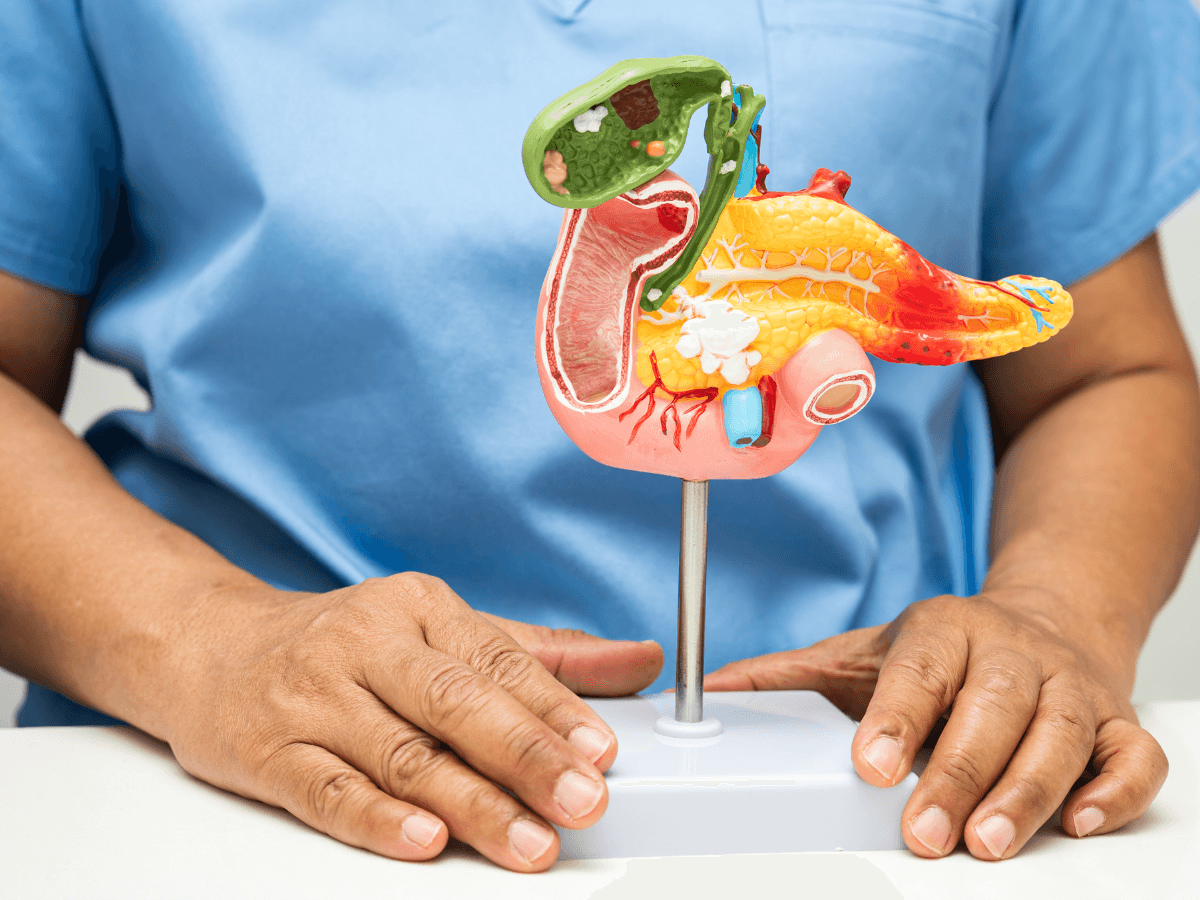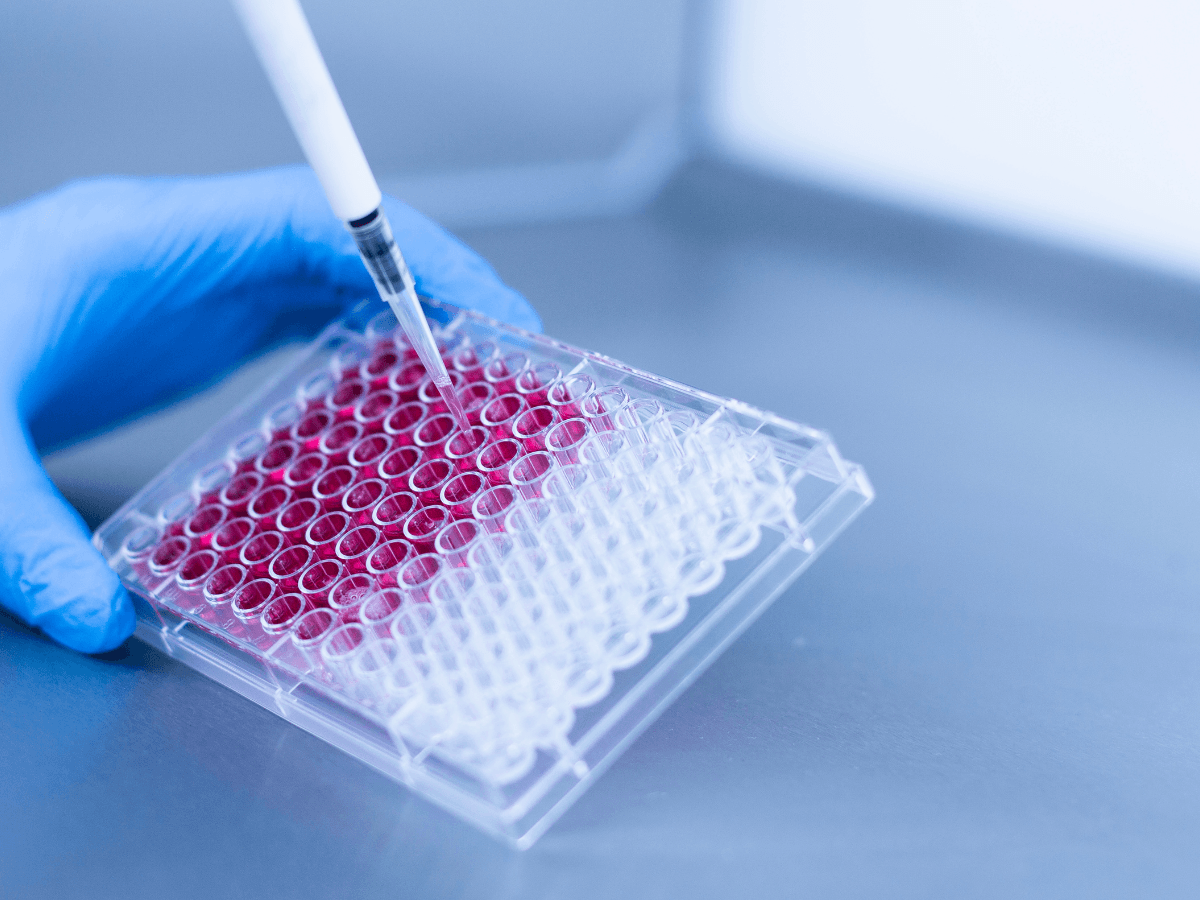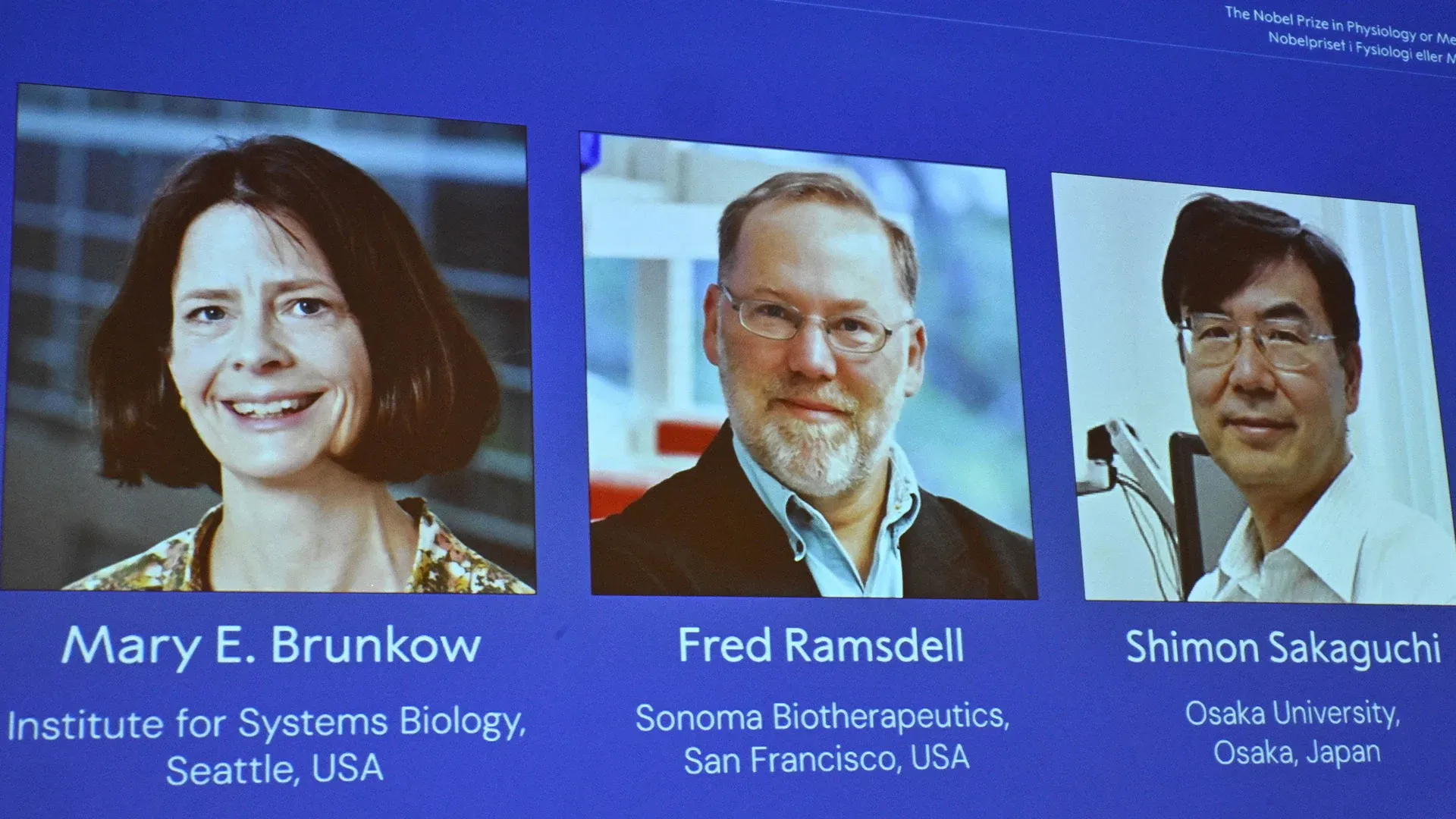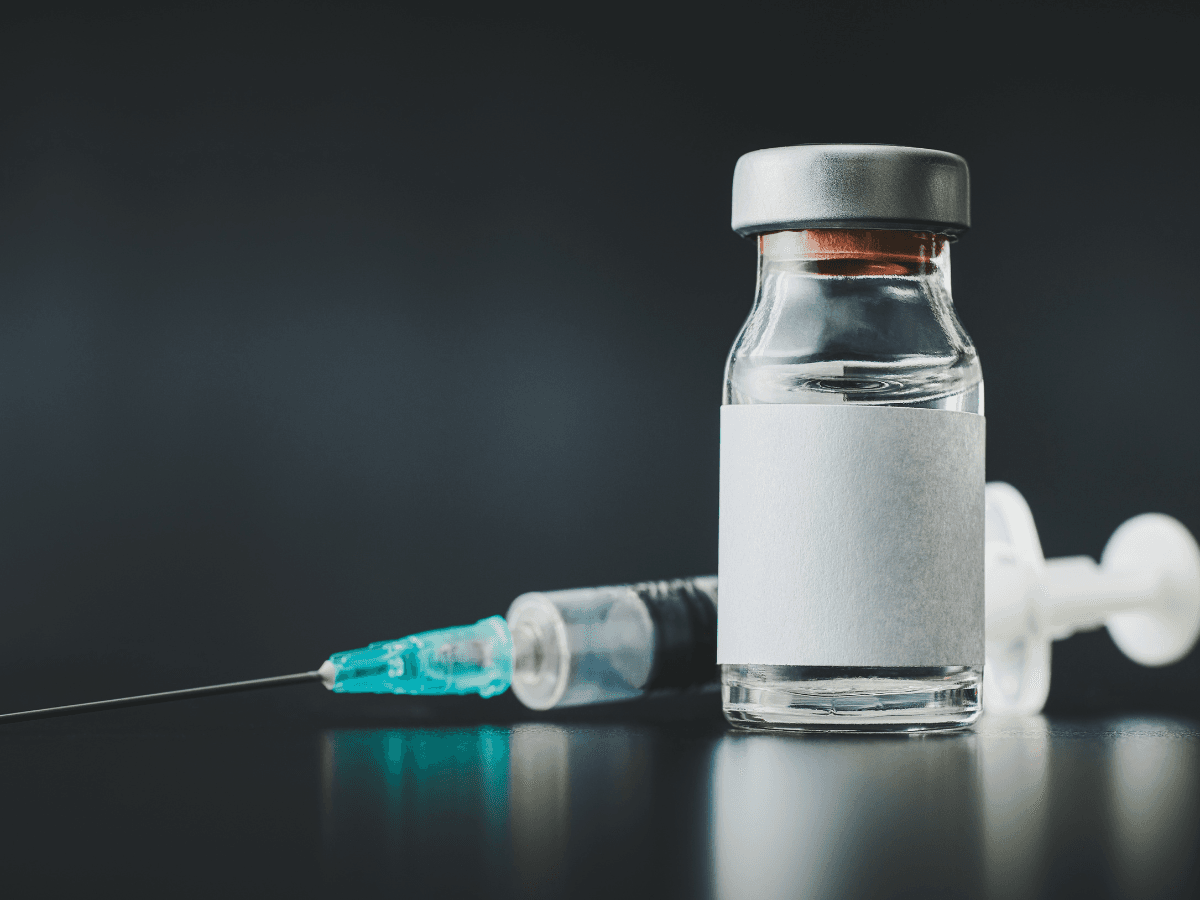
The Cancer News
AN AUTHORITATIVE RESOURCE FOR EVERYTHING ABOUT CANCER
Breakthrough Study Shows CAR T Cells Can Be Generated Inside The Body

A recent study by researchers from the University of Pennsylvania in collaboration with Capstan Therapeutics and the National Institute of Health presents a new method for generating CAR T-cells directly inside the body (in vivo). The new method involves using targeted lipid nanoparticles (tLNPs) to deliver messenger RNA (mRNA) to specific T cell subsets (CD8+), making CAR T cell therapies more accessible and safer for diseases like cancer and autoimmune disorders. This approach marks a significant step toward reducing disparities in cancer care by eliminating the need for complex manufacturing and chemotherapy preconditioning.
In this study, researchers programmed tLNPs carrying mRNA that encodes a chimeric antigen receptor (CAR). Using antibodies as targeting moieties, these tLNPs were engineered to deliver their mRNA cargo directly to CD8+ T cells. Similarly, the tLNPs were constructed using an ionizable lipid that reduces off-target delivery to the liver, enhancing safety and tolerability. After selecting the best-performing mRNA constructs that maximize CAR expression and function in human T cells, the tLNPs were first tested in vitro on T cells from healthy donors and autoimmune disease patients to confirm CART cell generation and B cell killing. Then, the tLNPs were tested in humanized mice and cynomolgus monkeys for efficacy, safety, and impact on the immune system.

A schematic illustrating a tLNP (image by Hunter et al., 2025)
Results from the study showed that the tLNPs not only successfully programmed T-cells to express CAR but also effectively killed B cells. In mouse models, a single dose led to rapid and near-complete B cell depletion, while in cynomolgus monkeys, two or three doses achieved extensive B cell depletion in both blood and tissues. Following B cell depletion, the returning B cells were mostly naïve, indicating a potential immune “reset,” similar to what is seen in patients treated with ex vivo CAR T therapy.
Notably, tLNPs also showed improved safety compared to benchmark nanoparticles, with reduced liver toxicity and acute phase responses. Most of the animals tolerated the treatment well, showing only mild reactions similar to those expected with CAR T cell therapy. One monkey developed a severe immune reaction, a known risk associated with CAR T therapies.
This study has the potential to improve access to CAR T therapy once tested in humans. For example, current barriers to CAR T therapy include the need for patients to travel long distances to specialized treatment centers. This can be a significant challenge, especially for individuals with limited resources or mobility. The approach used in this study eliminates the need for preconditioning chemotherapy, potentially allowing treatment to occur outside of specialized centers.
While this study signifies a beaming future for CAR T therapy, there are some limitations. Authors of the study noted several challenges, like clinical translation to humans, the potential for immune reactions, long-term safety concerns, and issues related to clinical implementation. Considering that the dosing and efficacy in humans are yet to be established, there are concerns about long-term safety in humans. Similarly, repeated administration of tLNPs could trigger immune responses. As such, much work needs to be done to determine the ideal patient populations and timing for receiving this therapy.
Currently, there are six Food and Drug Administration (FDA)-approved CAR T cell therapies on the U.S. market for treating various B-cell malignancies. These therapies involve a complex, multistep process: referring and evaluating the patient, collecting T cells from a patient’s blood, genetically engineering and expanding them at a manufacturing facility (ex vivo), administering lymphodepleting chemotherapy, infusing the CAR T cells, and monitoring the patient during recovery. This entire process takes several weeks, which constitutes a barrier to access as presented by Dr. Folashade Otegbeye at the Summit on Cancer Health Disparities.

A flowchart of the CAR T cell therapy process Image by Zhao and Cao, 2019
The promise of this new in vivo CAR T production study lies in its ability to streamline and simplify the treatment process, potentially eliminating the need for external T-cell engineering, lab expansion, and lymphodepleting chemotherapy. Overall, this work represents a significant step toward making CAR T cell therapies more accessible, scalable, and potentially safer for patients with cancer and autoimmune diseases.
Works Discussed
- Hunter, T. L., Bao, Y., Zhang, Y., Matsuda, D., Riener, R., Wang, A., Li, J. J., Soldevila, F., Chu, D. S. H., Nguyen, D. P., Yong, Q. C., Ross, B., Nguyen, M., Vestal, J., Roberts, S., Galvan, D., Vega, J. B., Jhung, D., Butcher, M., Nguyen, J., … Aghajanian, H. (2025). In vivo CAR T cell generation to treat cancer and autoimmune disease. Science (New York, N.Y.), 388(6753), 1311–1317. https://doi.org/10.1126/science.ads8473





